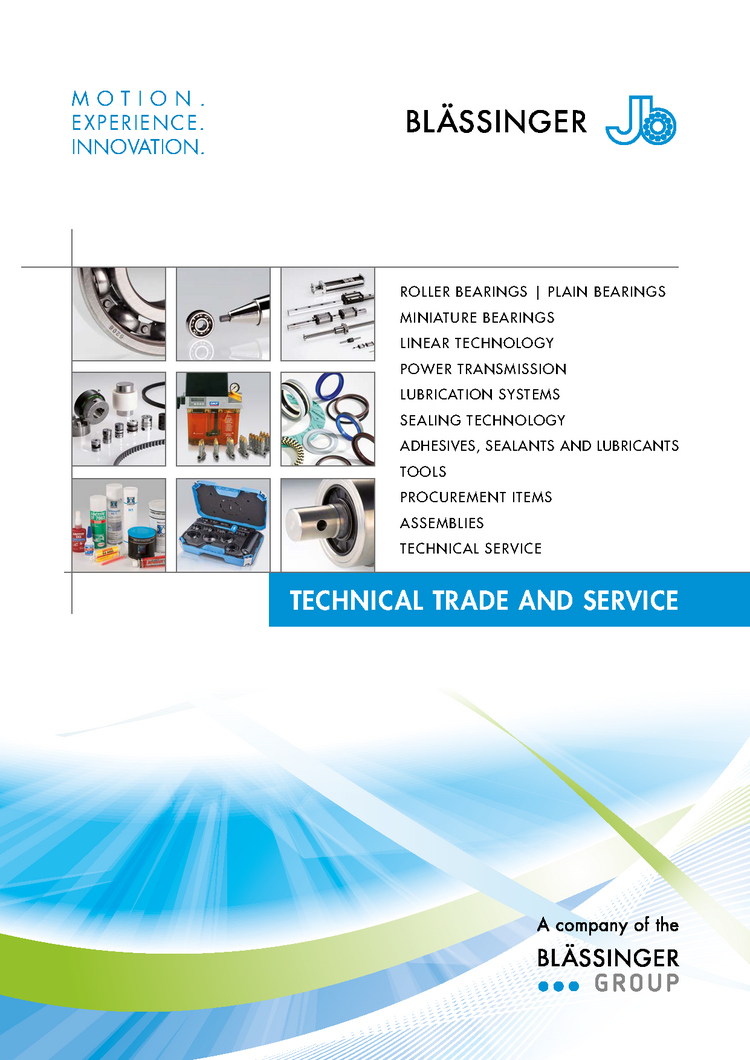Typical fan systems are implemented using a V-belt drive. Top priority for the OEM is ensuring the fan is inexpensive to manufacture. Although the V-belt drive is cheaper in the initial set-up, once the running costs for energy and maintenance (regular re-tensioning) are taken into account, the timing belt quickly emerges as the preferable option for the plant operator from these perspectives.
V-belts work on the principle of frictional power connection. However, even when run for a short time, the V-belt stretches, resulting in slippage and higher energy costs. The principle just mentioned means a regularly serviced V-belt operates at around 98% efficiency. Moreover, given relatively irregular servicing of the belt drive in practice, efficiencies swiftly decline to 90 – 92% or even lower, as this depends on the re-tensioning.
Timing belt drives operate with 99% efficiency, which means that a V-belt drive closely approaches the efficiency of a timing belt, although regular maintenance incurs considerable costs for the plant operator.
A timing belt has the potential for energy cost savings of 5% or so due to the positive power transmission. The timing belt is more energy-efficient and costs less to maintain, because it is maintenance-free. Its considerably narrower design, meanwhile, reduces the axle load, extending the service life of bearings by 30%.
We have already converted V-belts to timing belts for customers from many different industries.
We analyse and evaluate your existing drive and calculate the economic efficiency free of charge when converting V-belts to timing belts.
As well as high-quality products, our company also places qualified specialists at your disposal to have the drive converted.
Do you have any questions or need further information?
Contact Kemnat Head Office
CONTACT
Head office + Stuttgart branch
Josef Blässinger GmbH + Co. KG
Zeppelinstraße 18
73760 Ostfildern, Germany
Phone +49 711 16708-0
Fax +49 711 16708-81
Contact-Austria-AT
Contact
Location Austria
Blässinger GmbH
Salzburger Straße 24
8940 Liezen, Austria
Phone +43 3612 23410-0
Fax +43 3612 23410-4




